Internet of Things is the most common category after smartwatches and wristbands.
Intelligent home automation applies to IoT products that monitor lights, appliances, HVAC systems, entertainment systems, surveillance cameras and alarms, and sensors that track water or gas leakage. All these devices also share the same environment that users usually access through smartphones.
Every year, smart homes become more common. Home protection is the fastest-growing smart home automation market. According to Statista, smart home IoT surveillance and protection will hit $244 million.
How’s smart home technology working?
A smart home is an ecosystem that lets consumers build fun and healthy experiences in their homes while also allowing them to manage their residences simpler and save time on daily tasks.
A smart home system comprises three key elements—a core, sensors, actuators—and a networking protocol that allows data sharing and users to control devices remotely.
-
Hub
The hub is your smart home system’s brain key interface that manages and processes all contact between home automation smart devices. A hub consists of a back end and a client app, a home automation smartphone application where a customer may control all devices manually or set up automatic responses to such incidents, such as changing light intensity in reaction to the weather.
-
Sensors
Sensors are generally low-powered sensors that sense temperature, humidity, noise, acceleration, or leakage. Sensors have no processing space and usually pass knowledge straight to the hub. Then the hub determines what to do with this material. E.g., the hub will submit a customer message, close the blinds, open the door, or adjust the thermostat temperature.
-
Activators
Actuators are all smart appliances that respond to hub commands, changing their states. Actuators include the largest IoT products category, including smartwatches, TVs, smart speakers, valves, thermostats, and automatic blinds.
Both aspects of a smart home device can function as a single organism and require a way to interact. Smart home IoT systems have many networking types. Let us discuss them in-depth.
Connectivity for connected home applications
-
Wi-Fi
Wi-Fi Nearly all domestic mobile devices allow Wi-Fi. With Wi-Fi access, you can be confident that you can handle your computers online from anywhere. The downside is high energy usage that constantly charges your batteries.
-
Bluetooth
Bluetooth is the second most common way to link smart home devices to a smartphone computer that serves as a control center.
Bluetooth’s excellent news that it uses less electricity and is easier to mount than Wi-Fi. That allows Bluetooth devices cheaper and competitive. The drawback is the poor connectivity range.
A consumer cannot control Bluetooth devices outside the home, and appliances should be near enough to the center to transmit and receive signals.
-
Z-Wave
Z-Wave is a wave-based networking approach using mesh technologies. Z-Wave is convenient for massive networks since it supports connection with 1,500 computers at a time. The drawback is that Z-Wave is very position-dependent, so you cannot switch to another location.
Smart home components
Each feature in a smart home is part of a framework that provides consumers with continuous service and helps them with their everyday routines. Let us see if IoT systems can help.
-
Household administration.
Household management IoT devices include kitchen appliances, including smart cookers, ovens, refrigerators, and coffee brewers. An IoT device should be able to recognize the preferences of a consumer both automatically and on command.
-
Experience.
Includes smart TVs, intelligent screens, mobile devices, soundbars, projectors, home theatres, etc. All these devices can also attach to a hub. Most entertainment devices utilize mesh Wi-Fi to prevent dead points.
-
Control power usage.
Devices in this group help ensure that home appliances only use electricity when they require it. E.g., when not in operation, they may detach other devices from electricity. Very commonly, energy-control devices are used for washing machines and dishwashers.
-
Temperature-control.
Temperature management devices include thermostats, air conditioners, and heaters to automatically respond to and regulate indoor temperature.
-
Set lighting.
Light bulbs and blinds will respond to outside light and adapt accordingly. These devices will even turn on when someone enters the room, responding to the motion.
How to build a home automation device
-
Choose a home automation solution
When designing a home automation solution, you have two options:
Build a single-purpose solution that regulates only one product, such as a smart speaker or smart light bulbs. This form of software requires little time or resources to create, but it is hard to sell. People who automate their homes have one smart system mounted, and ten applications for ten separate devices are inconvenient.
Build a multi-purpose solution that incorporates multiple products into one framework, enabling users to access devices from various vendors, offering users free options and an excellent user experience. Such an application is more of a task to build, but the reward may also be high. A multi-purpose approach will realize the most creative smart home concepts.
-
Choose the growth plan
After outlining your home automation app’s vision, it is time to consider how you’ll execute it. You may use a website or build an app from scratch.
-
Creating consumer scenarios
The user scenarios, meaning the series of activities a user must take to accomplish an objective, would determine the functionality to implement. User scenarios are generally created as a market analyst performs a study and develops users.
-
Describe the solution’s key features
After you determine the sort of home automation software you want to make, think about its key features. During the market analysis process, the functionality of your app can be described in-depth, so it is a safe idea to come to a business analyst with a general understanding of your feature set.
-
List all devices the machine supports
The more platforms your software supports, the more people choose. The products you will help with are probably determined by the framework you chose for your program, so make sure you choose a platform with a broad range of sensors and appliances.
Limiting the customers to purchase one manufacturer’s products is rarely a brilliant idea since everyone has their tastes and devices they already have.
-
Choose the best storage kind
Processing and sharing data are major IoT device work. In data storage, you have two basic options: online storage and local storage.
Cloud storage is excellent, so people can view files from anywhere if they have internet access. Also, whether hardware or software crashes, it is simple to recover records.
Local storage is the least common IoT device alternative, as it is too power-hungry and impractical. Cloud storage services take current protection precautions; saving data in the local drive does not win you lots of security points but shortens system lifespans.
-
Develop a safety plan
Security remains the most significant problem for IoT devices in general and smart home technologies as smart homes are particularly vulnerable to hacking attempts. Since more computers are linked with one network, if the embedded software is not secured, hackers have more possible entry points and the ability to damage the whole infrastructure. Let us see how to protect your home automation setup.
Final thoughts
Home automation using IoT, and smart house architecture will become more mainstream and sophisticated as more citizens embrace IoT automation technologies in their homes and workplaces. Creating every IoT device is a protection, technology, and user interface task.
You need to understand several things to build a good home automation scheme, from the platform you will use as the basis for your app to its design and protection.
If you are planning to develop a smart home app then feel free to contact us today.
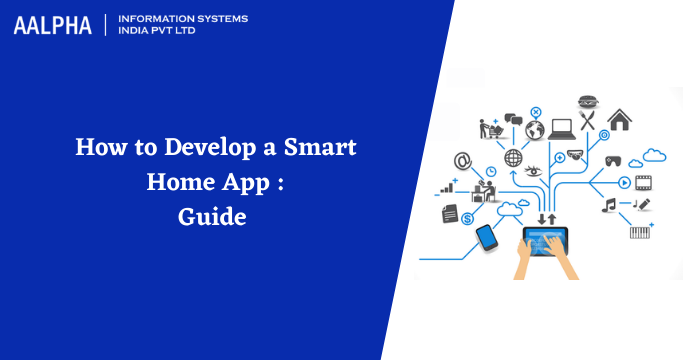
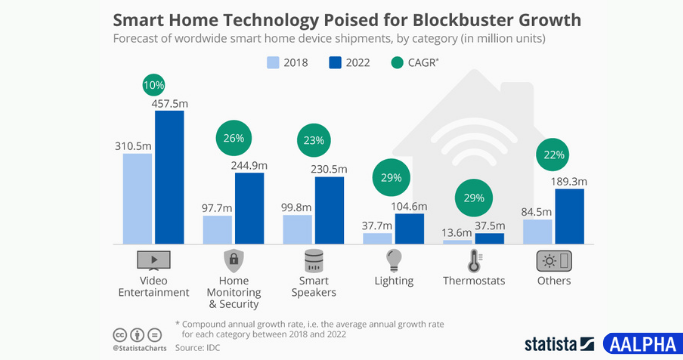
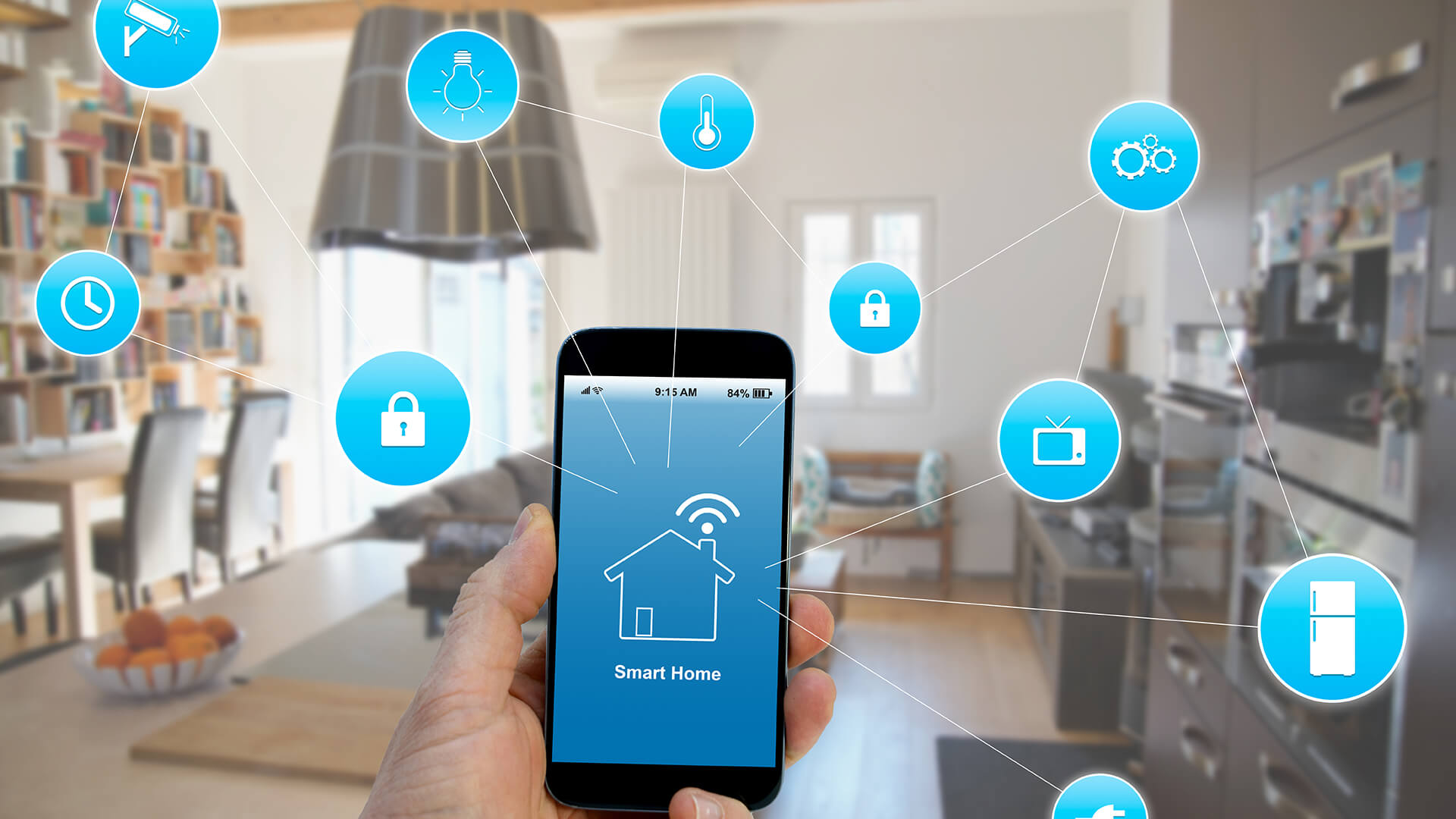
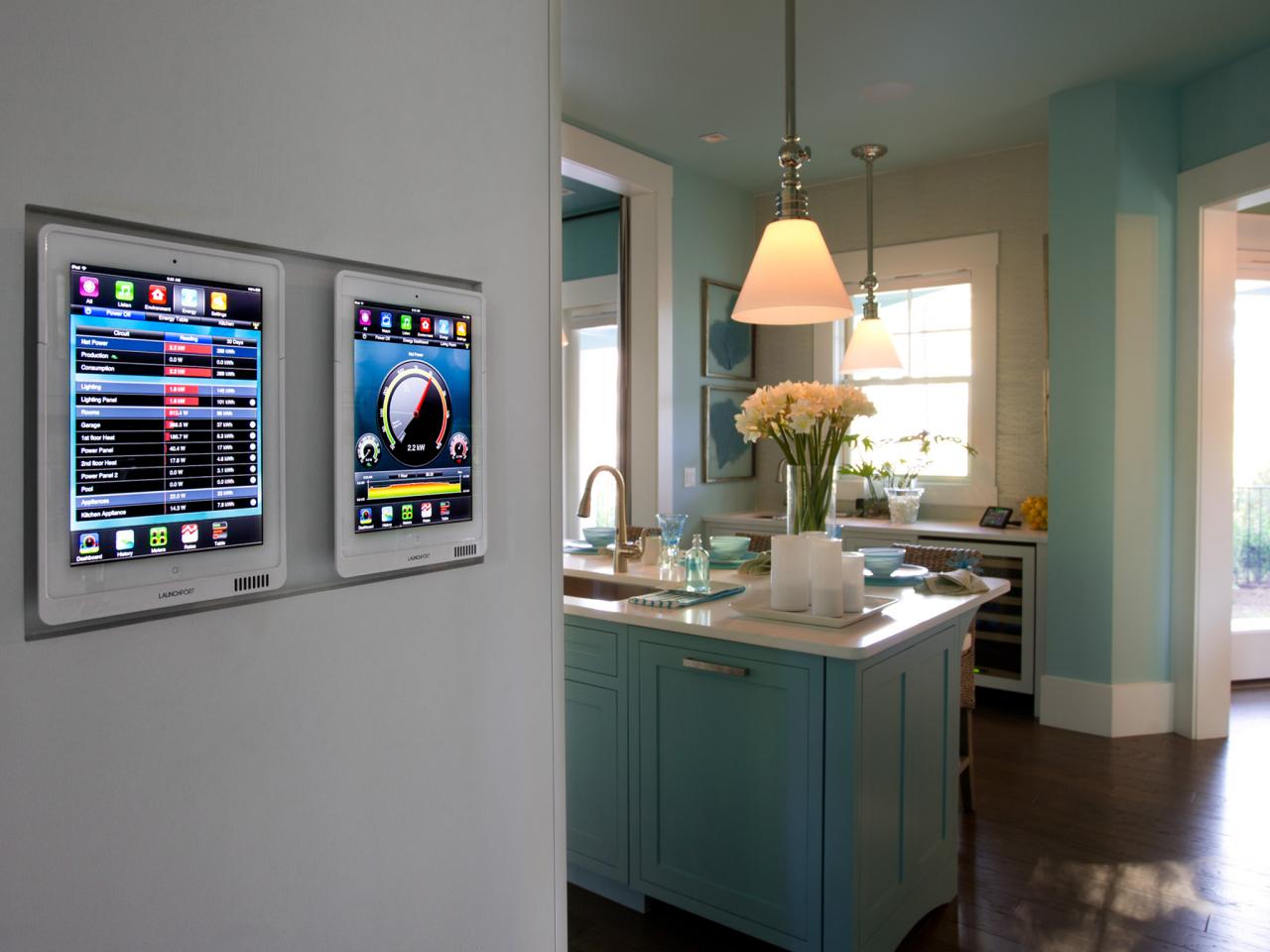
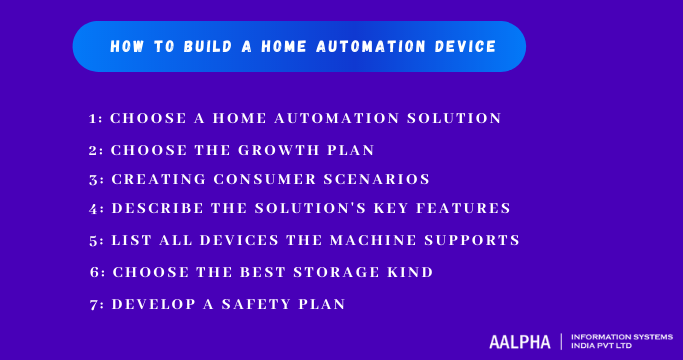



Share This Article:
Written by:
Muzammil K
Muzammil K is the Marketing Manager at Aalpha Information Systems, where he leads marketing efforts to drive business growth. With a passion for marketing strategy and a commitment to results, he's dedicated to helping the company succeed in the ever-changing digital landscape.
Muzammil K is the Marketing Manager at Aalpha Information Systems, where he leads marketing efforts to drive business growth. With a passion for marketing strategy and a commitment to results, he's dedicated to helping the company succeed in the ever-changing digital landscape.